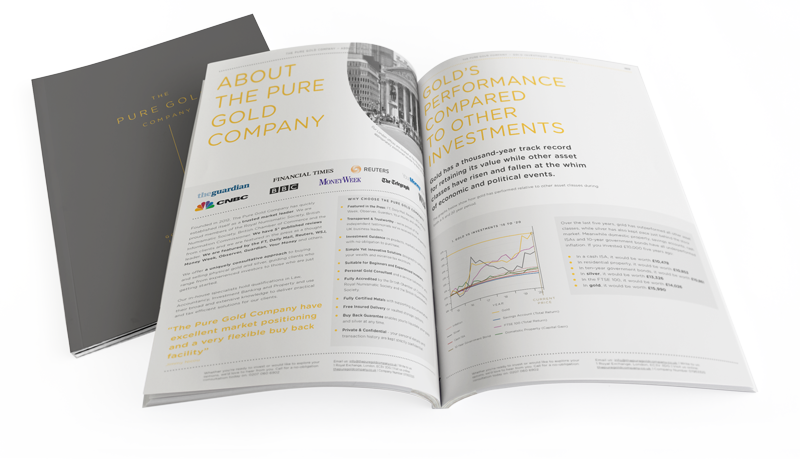By Tom Eckett
The ongoing threat of a trade conflict between the US and China has the potential to significantly impact the upswing in global growth, according to the International Monetary Fund.
In its latest World Economic Outlook, the IMF warned US President Donald Trump’s trade tariffs and Chinese retaliation could damage global activity and sentiment.
After months of warnings of a potential trade war, the President finally took action on 3 April 2018, placing 25% tariffs on roughly 1,300 Chinese goods, which will target about $50bn of 2018 imports.
China’s response followed less than 24 hours later, which was to target up to $50bn on 106 US products annually. President Trump subsequently threatened to place an additional $100bn of tariffs on Chinese goods.
Who are the winners and losers in China from a trade war with Trump?
Maurice Obstfeld, the economic counsellor at the IMF, said: “The first shots in a potential trade war have now been fired.
“The multilateral rules-based trade system that evolved after World War II, and that nurtured unprecedented growth in the world, the economy needs strengthening. Instead, it is in danger of being torn apart.”
Furthermore, the impending trade war has dramatically increased the likelihood of a recession in Germany, according to the German Institute for Macroeconomics and Economic Research (IMK).
The IMK forecasted the chances of an imminent recession in Europe’s largest economy to be 32.4%, up from its 6.8% prediction in March.
These concerns sparked investors to flee to safe havens with The Pure Gold Company witnessing a 117% increase in people investing in gold on Tuesday compared to the daily average for 2018.
Gustav Horn, research director at IMK, said: “Trump’s flirtation with protectionism is sending out shock waves that are not only affecting financial markets, but also the German economy.”
Monetary policy
Elsewhere, the IMF said another downside risk was monetary policy tightening faster than the market is anticipating, especially in the US.
It revised up its October 2017 forecast for faster interest rate normalisation, predicting it could rise to 2.5% by the end of the year and 3.5% by the end of 2019.
At its latest FOMC meeting in March, the Federal Reserve raised rates by 25 basis points to the 1.5%-1.75% band meaning the IMF sees three more hikes this year.
“Monetary policy might tighten sooner than expected if excess demand emerges, a notable possibility in the US, where fiscal policy has turned much more expansive even as the economy has neared full employment,” the report said.
“Tighter financial conditions in the US would have spillovers to other economies, including through a reduction in capital flows to emerging markets.
“Very expansionary fiscal policy in the US, at a time when the current account deficit is already larger than justified by fundamentals, combined with persistent excess current account surpluses in other countries, is projected to widen global imbalances.”
The IMF revised up its forecasts for US growth to 2.9% in 2018 and to 2.7% in 2019, while in the UK economic growth is expected to be 1.6% in 2018.
Source: Investment Week


